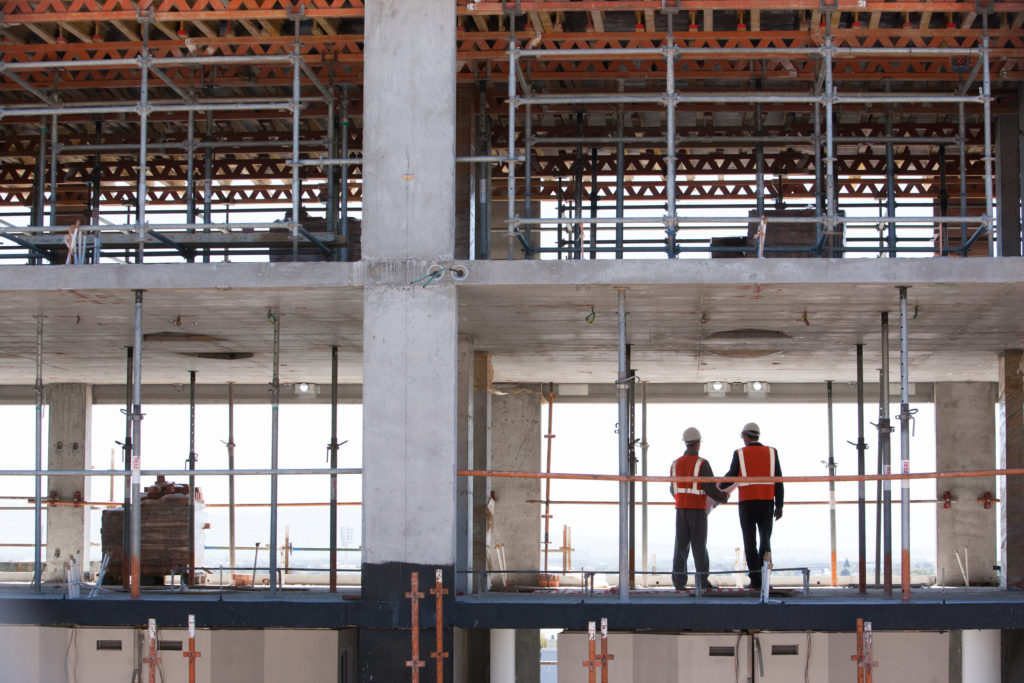We regularly update this report to track the pandemic’s effects on the labour market.
Australia’s economic recovery has been plunged into chaos recently, following extended lockdowns in Sydney and Melbourne. Melbourne has been in-and-out of lockdown since May, while Sydney has been in uninterrupted lockdown since late June.
Yet the impact of lockdowns on job postings nationally has been relatively minor, certainly when compared with the lockdowns that occurred last year
On August 27 job postings were tracking 47.1% ahead of their level on February 1 last year, our pre-pandemic baseline, after adjusting for seasonal trends. National postings have fallen 1.9% since the end of June.
The impact is larger, albeit still relatively small, when focusing on new job postings — that is postings that have been on Indeed Australia for two weeks or less. New postings are up 35.5% compared with February 1 last year, having declined 9.7% since the end of the financial year.
While lockdowns have obviously been detrimental to Australia’s economy, the fact that job creation remains relatively strong is a bright spot in an otherwise depressing situation.
New South Wales feeling the pinch
The extended lockdown in Sydney continues to weigh on New South Wales job postings. While they remain well above pre-pandemic levels, postings in New South Wales have declined by 9.6% since the end of June.
Victoria is faring much better, with postings holding up well in recent weeks and actually increasing since June 30. Western Australia, which has had few COVID issues, continues to strengthen, with postings now 73.8% above their level on February 1 last year.
Hiring remains elevated across most occupational groups
The impact of recent lockdowns has been uneven across occupational groups. While hiring for most occupations is still above pre-pandemic levels, some occupations have experienced a large decline in postings since the end of June.
Job postings for food preparation roles have fallen by 38.6% since June 30, with childcare (-33.5%), cleaning & sanitation (-26.0%) and pharmacy roles (-24.1%) all experiencing a sizable drop in opportunities.
These roles, as well as most of the others that have fallen sharply, are sensitive to economic lockdown. They typically struggled during lockdown last year and have done so again over the past few months.
Nevertheless, there are still some occupations where hiring continues to surge. Postings for veterinary roles have increased by 22.4% since June 30, with architecture (+20.0%), industrial engineering (+16.4%) and project management roles (+13.9%) also showing strength. Postings for tech roles, such as software development, have also improved.
While recent lockdowns haven’t had a large impact on national job postings, the impact is being felt at the occupational level. We are seeing a sharp decline in postings across occupational groups that are highly sensitive to economic lockdowns. There has also been a pronounced decline in New South Wales postings, even as other states continue to thrive.
With economic restrictions set to remain in place for the foreseeable future, we anticipate further weakness in New South Wales and Victoria, creating a greater divide between these two states and the rest of the Australian economy.
Methodology
All figures in this blog post are the percentage change in seasonally-adjusted job postings since February 1, 2020, using a seven-day trailing average. February 1 last year is our pre-pandemic baseline. We seasonally adjust each series based on historical patterns in 2017, 2018, and 2019. Each series, including the national trend, occupational sectors, and sub-national geographies, is seasonally adjusted separately.
We adopted this new methodology in January 2021 and now use it to report all historical data. Historical numbers have been revised and may differ significantly from originally reported values. The new methodology applies a detrended seasonal adjustment factor to the percentage change in job postings. In contrast, our previous methodology used the 2019 change between February 1 and the reported date as the adjustment factor, which implicitly included both a seasonality component and the underlying trend.
The number of job postings on Indeed.com, whether related to paid or unpaid job solicitations, is not indicative of potential revenue or earnings of Indeed, which comprises a significant percentage of the HR Technology segment of its parent company, Recruit Holdings Co., Ltd. Job posting numbers are provided for information purposes only and should not be viewed as an indicator of performance of Indeed or Recruit. Please refer to the Recruit Holdings investor relations website and regulatory filings in Japan for more detailed information on revenue generation by Recruit’s HR Technology segment.






